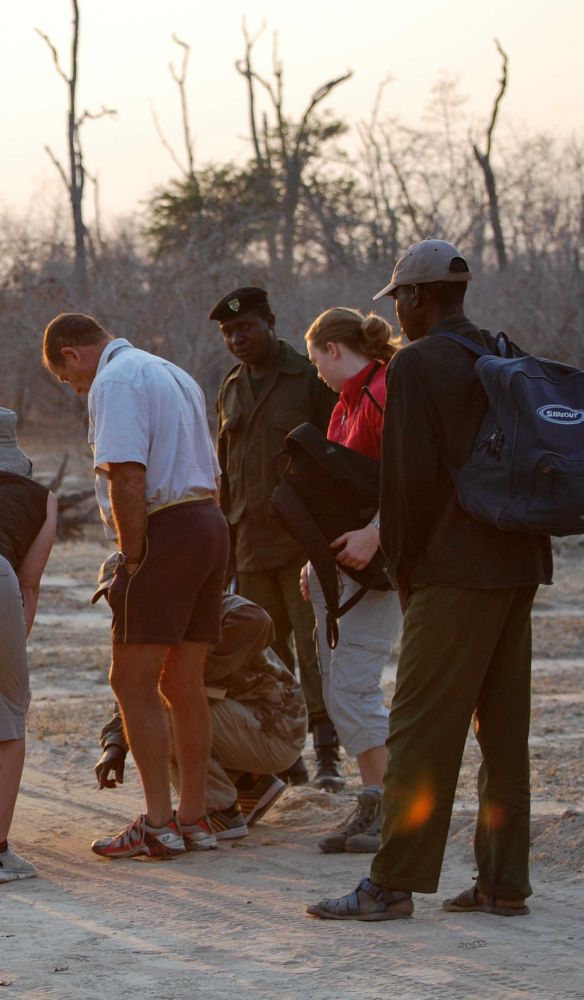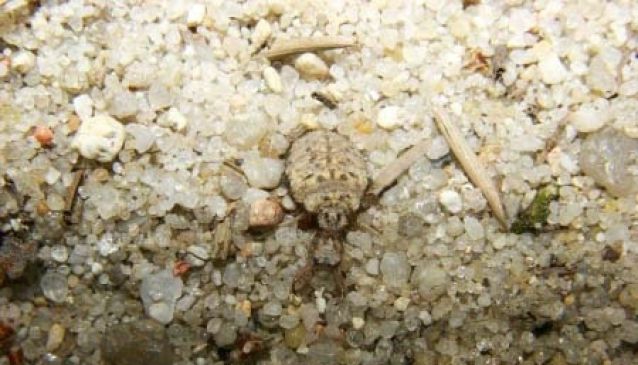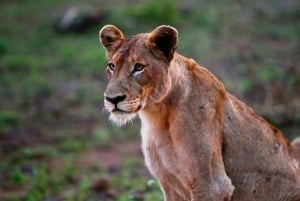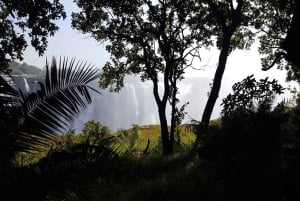The Little Five
Size doesn't matter on a game drive!
Book Top Experiences and Tours in Zambia:
If youʻre booking your trip to Zambia last minute, we have you covered. Below are some of the top tours and experiences!- Chobe National Park: 3-Hour Game Drive
- Victoria Falls: Dinner Cruise on the Zambezi River
- Victoria Falls: Guided Walking Tour
- Victoria Falls: Scenic Day Tour, Lunch and Helicopter Flight
- Livingstone: Zambezi River Quarter Day Rafting adventure
Many people travel to Africa to see the “Big Five”. Originally a reference to the difficulty in hunting the extremely dangerous African Elephant, Rhino, Buffalo, Lion and Leopard, a challenge for every big game hunter, especially on foot. Today, the Big Five is a “must see” check list. But, going on safari need not be all about the big game, there is another Five to look out for, the Little Five.
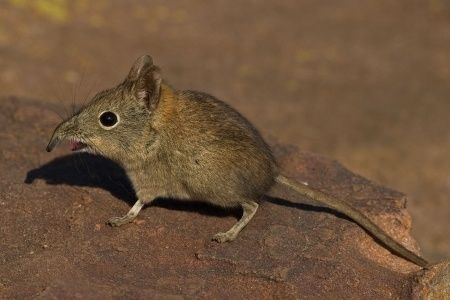
The Little Five are five smaller species that borrow part of their common name from the Big Five. This group consists of:
- The Elephant Shrew, arguably the cutest of this group, a small nocturnal insect eating mammal with a long nose similar to an elephant’s trunk. ironically scientist now say the Elephant Shrews are rather more closely related to elephants than shrews!
- Rhino Beetle, an entertainingly large beetle with strong body armour and horns on the males for fighting and digging for food. They are among the largest beetles in the world and, despite their size, are completely harmless to humans because they cannot bite or sting but, if they are disturbed, some can make very loud hissing squeaks by rubbing their abdomen against the ends of their wing covers.

- Buffalo Weaver, referring to both the black buffalo weaver and the white headed buffalo weaver. The name is derived from its habit of following the African buffalo and feeding on the insects disturbed by the animal. The buffalo weavers make large messy nest colonies.
- Ant Lion, the smallest of the group and the source of hours of entertainment. Many a child spends ages trying to gently entice the ant lion larva from its conically shaped pit, traps to catch small ants. It takes lots of patience twitching in the trap with a blade of grass to get just the right amount of gently falling sand to convince the waiting ant lion that you are a helpless ant struggling, unable to escape the pit.
- The Leopard Tortoise is a beautifully marked specimen which grows to be the largest of the list and can often be seen plodding along apparently oblivious to the world around it.
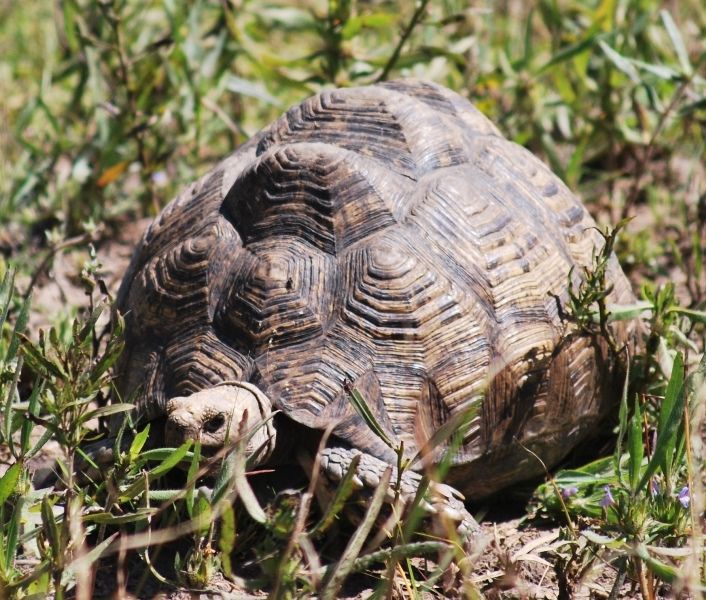
Any good safari guide will be delighted to add the Little Five to your check list, especially on days when the big guys are in hiding. Remember, it is not always about the big giants, sometimes it’s good to sweat the small stuff.
